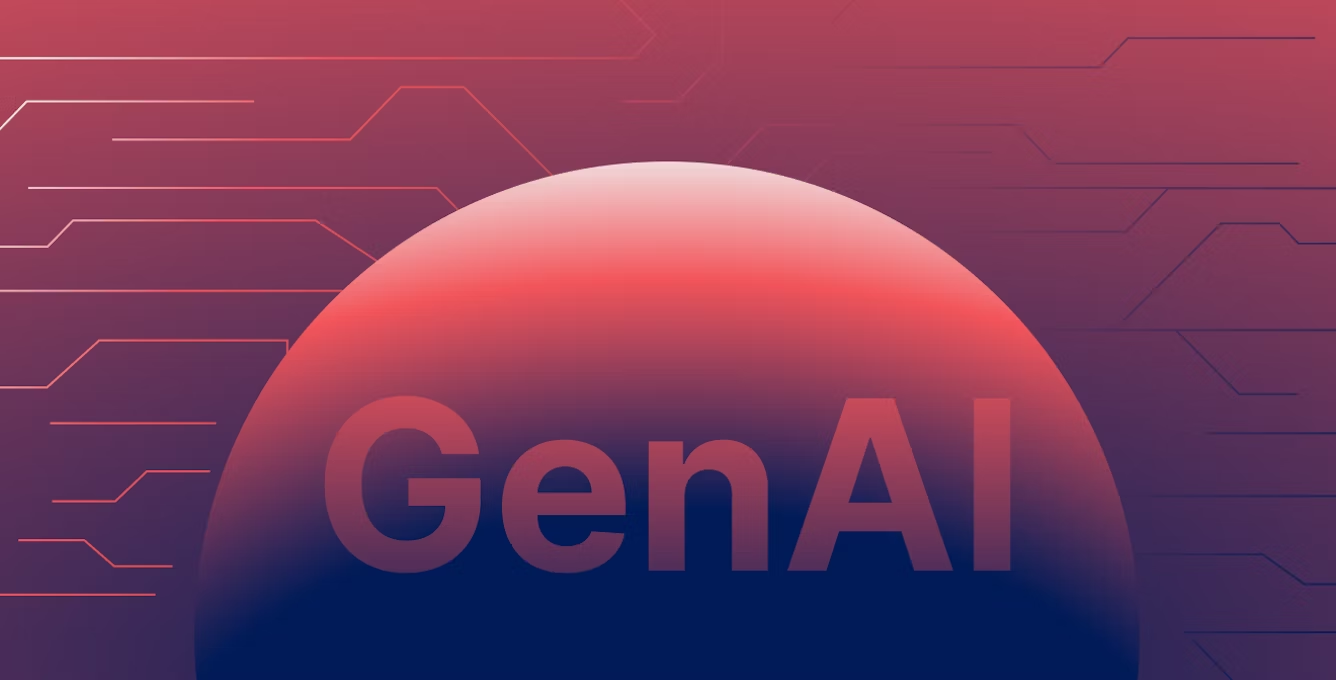Like many of you searching for phrases like “difference between artificial intelligence and human intelligence,” you’re clearly curious about what sets these two forms of intelligence apart. In an increasingly AI-driven world, understanding the fundamental distinctions between artificial and human intellect is more important than ever. While AI continues to advance at an impressive pace, it’s crucial to recognize the unique capabilities that define human intelligence. Let’s delve into the core differences.
Core Capabilities Compared
To truly grasp the divergence, we need to examine how AI and humans approach fundamental cognitive tasks:
Learning:
- Artificial Intelligence: AI systems learn by processing vast amounts of data, identifying patterns, and refining their algorithms through techniques like machine learning and deep learning. They often require explicit programming or meticulously labeled datasets to improve. Think of a language model trained on billions of text snippets to generate human-like text.
- Human Intelligence: Humans learn through a rich tapestry of experiences, observations, instructions, and abstract reasoning. We possess an innate ability to generalize from limited information, connect seemingly disparate concepts, and adapt to completely novel situations with remarkable ease. Consider a child learning to ride a bike – they don’t need millions of examples to grasp the core principles of balance and steering.
Problem-Solving:
- Artificial Intelligence: AI excels at tackling well-defined problems with clear rules and access to large datasets. They can perform complex calculations and analyze information at speeds far exceeding human capabilities. Chess-playing AI that can evaluate millions of moves per second is a prime example.
- Human Intelligence: Humans can grapple with ill-defined problems, exercise intuition, creativity, and critical thinking. We can adapt our strategies on the fly, learn from failures in nuanced ways, and consider abstract ethical or emotional dimensions that are often beyond current AI. Think of a detective solving a complex case with incomplete information and relying on hunches and human psychology.
Creativity:
- Artificial Intelligence: AI can generate novel outputs like text, images, and music by learning patterns from existing data. While the results can be impressive, the “intent” and “originality” behind AI-generated content are often debated. It’s more about recombination and pattern recognition than true imaginative leaps.
- Human Intelligence: Human creativity stems from genuine imagination, emotional depth, and the ability to draw upon unique personal experiences and abstract concepts. Our creativity can be driven by emotions, societal contexts, and a desire for self-expression in ways that AI currently cannot replicate. Consider an artist creating a painting that evokes a specific feeling or explores a complex philosophical idea.
Emotional Intelligence:
- Artificial Intelligence: Current AI lacks genuine emotions, empathy, and the nuanced ability to understand and respond to complex emotional cues. While “affective computing” aims to bridge this gap, AI’s understanding of emotions is largely based on recognizing patterns in data, not feeling them.
- Human Intelligence: Humans possess a rich spectrum of emotions, can empathize with others, and navigate intricate social interactions based on emotional understanding. This ability to read non-verbal cues, understand motivations, and build rapport is fundamental to human connection.
Consciousness and Self-Awareness:
- Artificial Intelligence: No AI system today exhibits consciousness, self-awareness, or subjective experience. They operate based on algorithms and data processing without any internal sense of “being.”
- Human Intelligence: Humans possess a sense of self, an awareness of their own existence, and subjective experiences – thoughts, feelings, and perceptions that are unique to each individual. This fundamental difference remains a significant hurdle for AI research.
Adaptability and Generalization:
- Artificial Intelligence: AI can be highly adaptable within its specific training domain. For example, an AI trained to identify cats in images might perform exceptionally well. However, generalizing that knowledge to identify other objects or navigate a completely different environment is a significant challenge.
- Human Intelligence: Humans demonstrate a remarkable ability to adapt to diverse environments and generalize knowledge across different domains. We can learn a new skill relatively quickly and apply knowledge gained in one area to solve problems in another, often unrelated, field.
Key Differences at a Glance
| Capability | Artificial Intelligence | Human Intelligence |
|---|---|---|
| Learning | Learns from data, requires explicit programming/large datasets | Learns from experience, observation, generalizes from less data |
| Problem-Solving | Excels at defined problems, rapid calculation | Handles ill-defined problems, uses intuition and creativity |
| Creativity | Generates novel outputs based on patterns | Possesses genuine imagination and emotional depth |
| Emotional Intel. | Lacks genuine emotions and empathy | Understands and responds to complex emotional cues |
| Consciousness | No current consciousness or self-awareness | Possesses self-awareness and subjective experiences |
| Adaptability | Adaptable within training domain, struggles with generalization | Highly adaptable to diverse situations and generalizes knowledge |
Conclusion
While artificial intelligence continues its rapid evolution, it’s essential to recognize the fundamental differences that still distinguish it from human intelligence. AI excels in processing data and solving specific problems with speed and efficiency. However, the human capacity for abstract thought, creativity rooted in emotion, genuine empathy, and the ability to navigate the complexities of the real world with adaptability and consciousness remain uniquely human traits. Understanding these distinctions allows us to better leverage the strengths of both AI and human intelligence as we move forward.




Leave a Reply